Top 5 Best House Plants For Improved Air Quality: Extract Toxins While Adding Quality Oxygen To Your Room or House, For Cheap and Easy, Significant Health Upgrades
We love sharing sustainable options for health and wellness, and keeping plants indoors is one of the easiest ways to improve life! So we have made a list of the top 5 best indoor house plants for improved air quality.
This is a super, easy and cheap way to improve quality of life. Air is one of the most important factors in good health. If you want proof of that, consider how long you can go without breathing air vs. how long you can go without food or water. This is such an import issue, and plants are such an easy solution, that NASA studied Indoor Houseplants for Indoor Air Pollution Abatement.
Plants are natural air filters. They absorb some of the particulates from the air and at the same time that they take in carbon dioxide, which is then processed into oxygen through photosynthesis and released into the environment. Further, soil is full of microbes that cleanse the air as well. So not only are these plants neutralizing toxic air but also producing oxygen rich healthy air!
The plants in this article are so good at creating high quality air that they can even alchemize toxins from the air such as formaldehyde, benzene and trichloroethylene.!
Beyond air quality, plants just make people feel better. Being around nature has a soothing and comforting effect on people. Lowered blood pressure and stress levels are valuable benefits of keeping potted plants in indoor space.
These plants need little to no maintenance and do well even with under or over watering. They only need water when they feel dry. Over watering is sometimes as common a problem as under watering. The easiest solution for protection from over watering is to use a pot with holes in the bottom. If the pot has holes in it, you can put a saucer under the pot and keep water in the saucer. This reduces the regularity of needing to water as the plants can absorb the water from the saucer/tray as they need it without the roots being flooded/rotted.
Here's a sustainable BONUS tip: you can pour the cooled water from cooking spaghetti or potatoes into your houseplants or any other throw away water as long as it doesn't have excess chemicals in it.
These plants don't need particularly rich soil, but if you'd like to give em a boost while being super sustainable you can sprinkle your coffee grounds in the pots after you are done with your coffee!
Below are top 5 indoor plants that are easy to care for and are best at improving air quality:
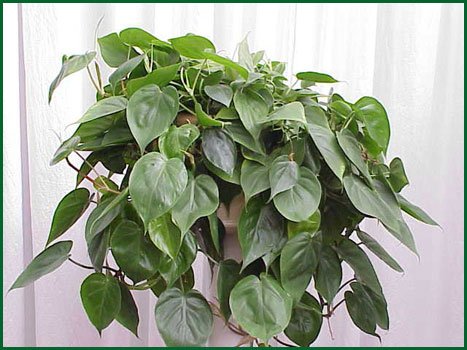
1. Philodendron
The sweet philodendron has heart-shaped leaves on vines. They need moderate water and some sunlight. They cleanse the air and are especially good at absorbing formaldehyde!
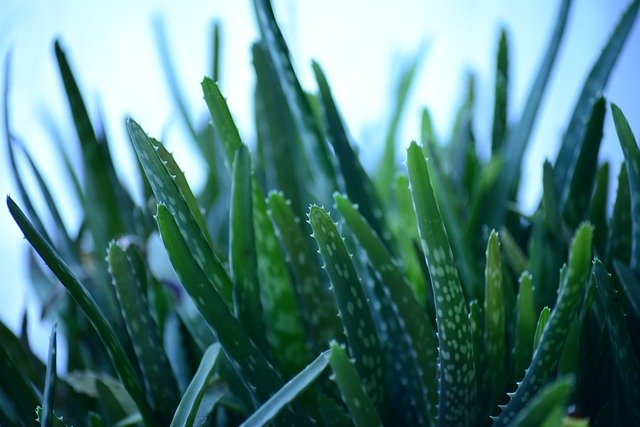
2. Aloe
Aloe absorbs air pollutants. When the pollutant load in the air becomes too high, aloe will develop brown spots. This is an AWESOME bonus as it is an easy way to monitor the quality of your air and if the spots do develop it gives you warning. You can then either get more plants or change locations so as to live in a place that is not so toxic!
But wait there's more!
Aloe is super medicinal; the gel can be used to soothe burns, cuts, and other skin ailments. The flesh is also healing to the digestive tract when added to a juice or smoothie. Pick a bright window for aloe, because it enjoys sunny spots. We eat and use aloe daily not only as an eatable super food but as a high quality skin healing remedy for countless reasons.
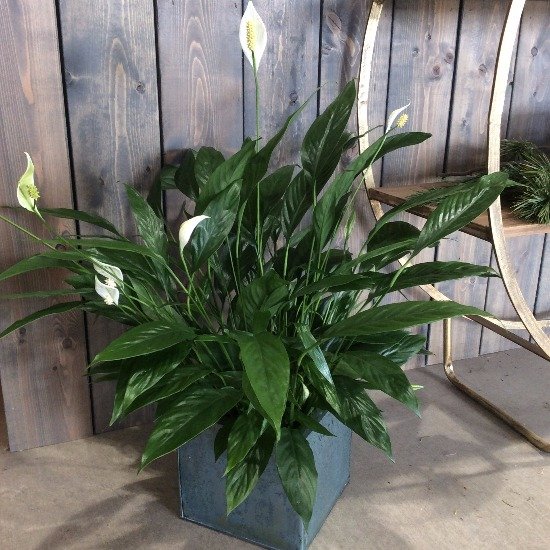
3. Peace Lily
Peace lilies like shade and cooler climates. They tolerate under watering better than over watering. If they outgrow their containers, re-pot them. Peace lilies are fantastic air filter and very low maintenance!
Its nice to have a combination of shade and more sun plants as there are only so many spots in a house with sun. The peace lily does exceptionally well in shade and makes it an ideal choice for houses as they can be kept in areas with little light.
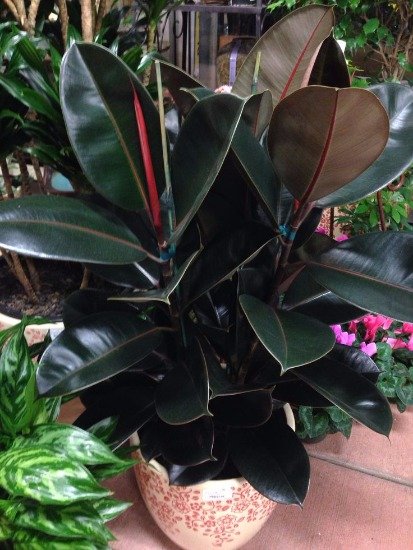
4. Rubber Plant
The rubber plant is relatively easy to grow, as it can thrive even in low light or cool environments. It prefers indirect light. Too much water will cause the leaves to yellow and fall off. Rubber plant reduce toxins and pollutants from the air while also creating rich clean oxygen!
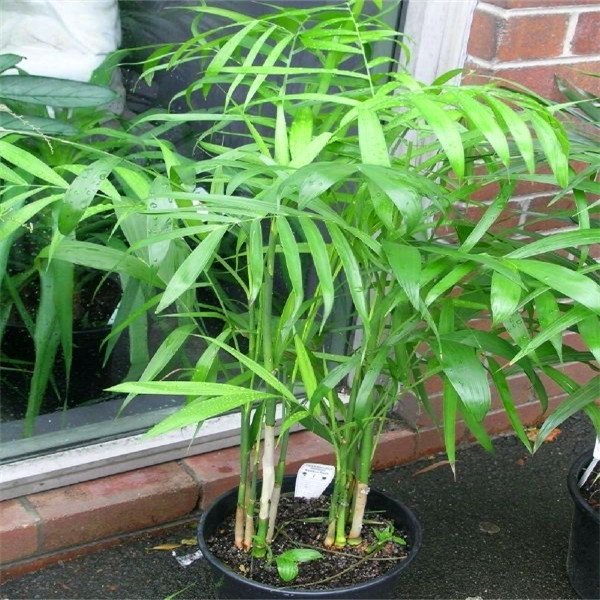
5. Bamboo Palm
The bamboo palm prefers shade or indirect light. They don't require much effort for care. They need water only when the soil feels dry. It is an excellent air purifier, particularly of benzene and trichloroethylene.

One of my favorites posts yet!
This is a major upgrade in such a practical and simple way. I would love to write about how important air quality is to a healthy life.
While we may not be abel to change the rest of the worlds air quality we can make major improvements to our own!
Love sharing easy, sustainable upgrades for health and wellness! No doubt your article will have great insight, looking forward to that.
Love this post!
Some real practical knowledge for major life improvement!
Thanks! Easy upgrades can make drastic impacts!
Really useful post.
I agree with everything, plus plants are great fung shui
Excellent point, they definitely maintain a pleasant energy in a space.
Awesome! With winter coming i could definitely use some shade and cooler climate plants for my new apartment! Thanks for the info! 😉
You're welcome, enjoy your indoor jungle!
Valuable knowledge, thanks for sharing. House plants make an indoor space alive! Much love
Yes, they do so much for the environment! Love~
We tend to not have plants to due our cats that like to eat them. Do you know apart from the Aloe which I guess in no toxic if any of these are safe if the cats have a nibble?
Will do some reseach but thought you might know.
Great question! Our animals stay outdoors, so we hadn't considered that aspect. Bamboo plants are non-toxic, but you don't want your cats eating philodendron. Rubber plants and peace lilies aren't toxic per se, but they may cause some irritation. Animals are fairly intuitive and generally will avoid that which makes them sick.
A very good answer.
99% of cants can taste a plant that is toxic for them and won't eat it. Unless cats are exposed to high concentrates of chemicals or unless the chemicals are disguised in some kind of eatable food, cats will be just fine.
Thank you, I am off to the garden center now!
Great, we're happy to inspire! Philodendron and aloe are easy to propagate, so if you your friends or neighbors have them you could consider asking for a piece of theirs. Nature is so abundant!
muchas gracias por sus informaciones - magnifico, siempre! Steem ON!
Gracias a ti! Salud y bienestar son vitales, y nos encanta compartir!